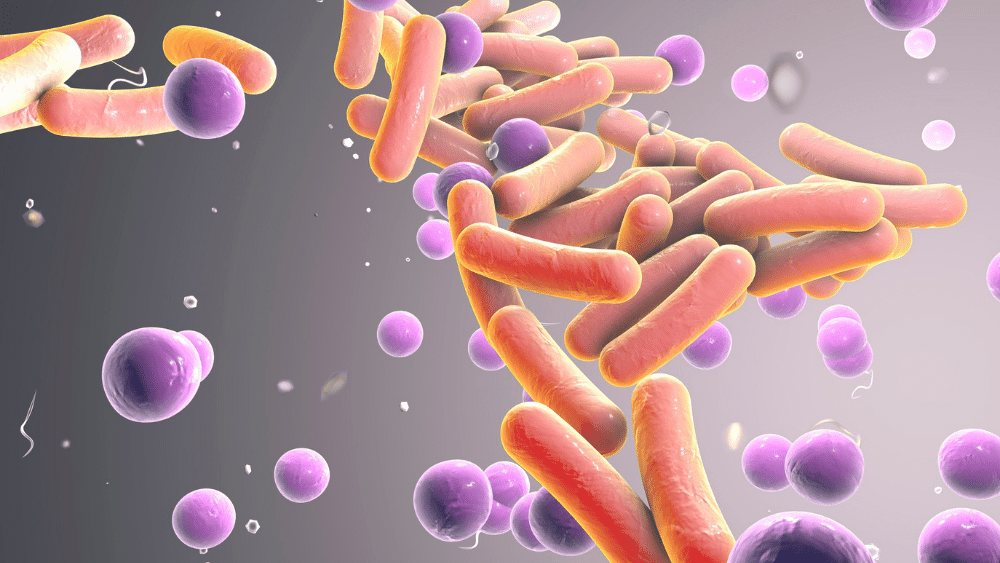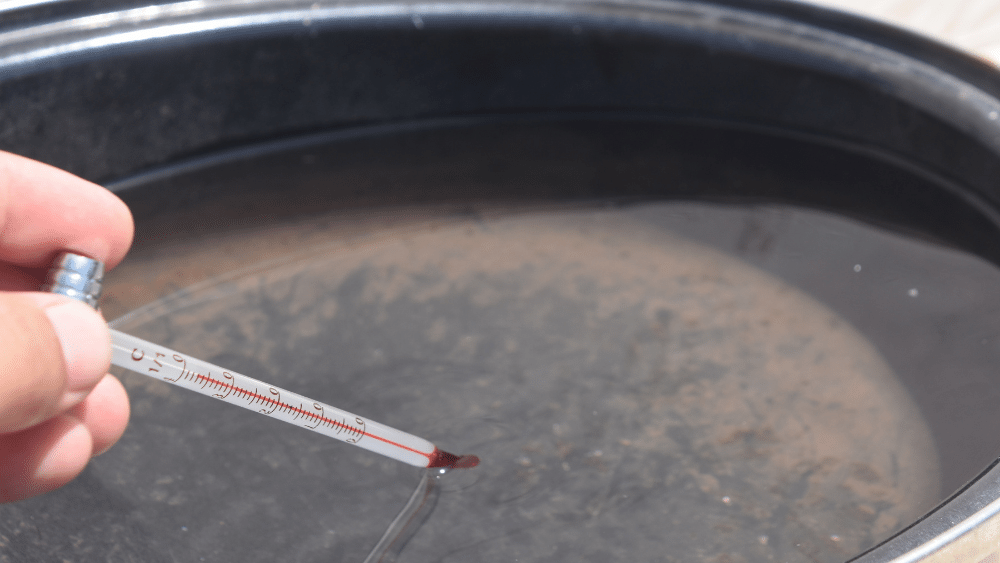What is Legionella?
Legionella is a common waterborne bacterium. It thrives in water systems that are not properly maintained, and it can be fast-growing. It is largely found in cooling towers, tanks, water heaters and spray systems, but all water systems carry a potential risk. This bacterium carries significant risk to health, as when it is breathed into the lungs, there is the danger of contracting Legionnaire’s Disease—a form of pneumonia that can be very serious.
Luckily, there are ways to both prevent contamination and to manage an outbreak through water assessments and treatments. This prevention and management is the legal responsibility of the building operator, so if you own a building, it is your responsibility to understand the risks, and make sure you are managing your water systems correctly. Glacier provides risk assessments and disinfection services to keep your water systems clear or Legionella.

What are the Risks?
If a person breathes in water vapour from a contaminated source, legionella may enter the lungs and go on to cause Legionnaire’s disease. This lung infection is uncommon but can have serious health impacts and may result in hospitalisation.
The symptoms can include a cough (in some cases bringing up blood), muscle aches and headaches, difficulty breathing, chest pains, fever and a temperature, and other flu-like symptoms.
To treat Legionnaire’s, an antibiotic course of up to 3 weeks may be administered. However, if hospitalised with infection, a person might require IV antibiotics directly to the veins, manual breathing machinery, or oxygen given through nasal tubes or facemask. Whilst it is not often fatal, Legionnaire’s Disease can have serious consequences, in particular for older patients, smokers, and those with weaker immune systems. Health issues may take up to several weeks to subside, and some people may continue with problems after their treatments. As such, the best option with Legionnaire’s is always prevention, so make sure you are testing your systems regularly.
How Does Legionella Form?
The bacterium will grow in water systems such as cooling towers, cold water tanks, water heating systems, and spray structures such as fountains, showers, and spas. Legionella requires temperatures between 20-45°C and will be found where water systems are not sufficiently maintained. It may also be found in drinking water.
Once it is present in a body of water, it can quickly multiply and start to cause damage, and so it is necessary for regular checks and risk assessments to be carried out, as is required by law, including the Health & Safety Executives ACoP L8 guidance and Health & Safety at Work Act 1974.
What Happens to Legionella at Low Temperatures?
Lowering the water temperature is not an effective solution —in water less than 20°C, the bacterium will not die but become inactive, meaning they will no longer multiply and will pose no threat. However, when the water temperature is raised again, the Legionella can reactivate, as it was only dormant and not destroyed. To maintain a clean and healthy water system, temperatures should be carefully maintained outside of the ‘danger zone’ of 20-45°C and need to be assessed for potential risk.
What Temperature will Destroy Legionella?
Legionella can be prevented from multiplying at temperatures above 50°C. The hotter the water, the more the bacterium will die off. If the water is heated to 50°C for 2 hours, 90% of Legionella present will be killed. If raised to 60°C, this will only take 2 minutes. At 70°C, all Legionella will die instantly.
Chemical treatments and disinfecting systems are also effective in removing Legionella, but these processes should be administered with care by trained professionals due to risks when handling strong chemicals.

What does this mean for me?
It is a legal requirement for building operators to ensure Legionella risk assessments are carried out. If they are not, it is a risk to the health and safety to all those using the building and can cause big problems. Failure to comply could result in fines of up to £20,000 from the Magistrate’s Court, or an unlimited fine from the Crown Courts, as well as a possible custodial sentence. If Legionella becomes fatal, these sanctions can increase significantly under charges of corporate manslaughter . Simply put, it’s not worth risking.
Your water systems must be carefully maintained. Control measures for this can include regulating water temperatures, flushing little used outlets, regular cleaning and disinfecting, establishing monitoring and testing systems and chemical treatments.
These measures may require trained professionals with experience and complete understanding of industry standards, due to the nature of treatment processes and the tools they require. Glacier Environmental provides a complete Legionella assessment and legionella control service – we are qualified to use specialist equipment/chemicals including inhibitors, biocides and dispersants, and tools to disinfect evaporative condensers and cooling towers (the most common source of Legionella).
Taking these steps will ensure your water is hygienic and risk-free for all those in contact and adheres to legal requirements for health and safety.
What can Glacier do to Help?
Glacier Environmental are industry-standard professionals committed to preventing Legionnaire’s Disease and are proud members of the Legionella Control Association. Our team can help by providing personalised care fitting your needs and ensure your systems are safe, functioning, and well maintained, free from the risk of Legionella. Services include sampling, risk assessments, establishing systems for monitoring and maintenance, inspections, chemical testing, disinfection, and recommendation reports.
How the Legionella Risk Assessment Works:
- Glacier’s assessor will undertake a non-invasive survey of your building’s water systems
- Samples are taken and analysed (where agreed)
- The risks in the system are identified and tested against a list of criteria
- A report will be given including a list of recommendations for your water systems and what you can do to maintain them
These assessments are required and align with ACoP L8:2013. Glacier’s maintenance and monitoring systems are carried out unobtrusively and without any risk to the users of your building, so you can go about your day assured that your water is healthy and safe.
Keep Your Water Safe!
Considering the potential threat of Legionella and the damage it can do to the health of your building’s users, it is crucial to keep your systems safely maintained and manage the risks effectively. Prevention is the best cure, and Glacier will provide you expert support to aid in your prevention of Legionella. Comply with legal requirements and stay healthy by booking regular risk assessments and following recommended upkeep of your systems. It is never too late to be safe.

